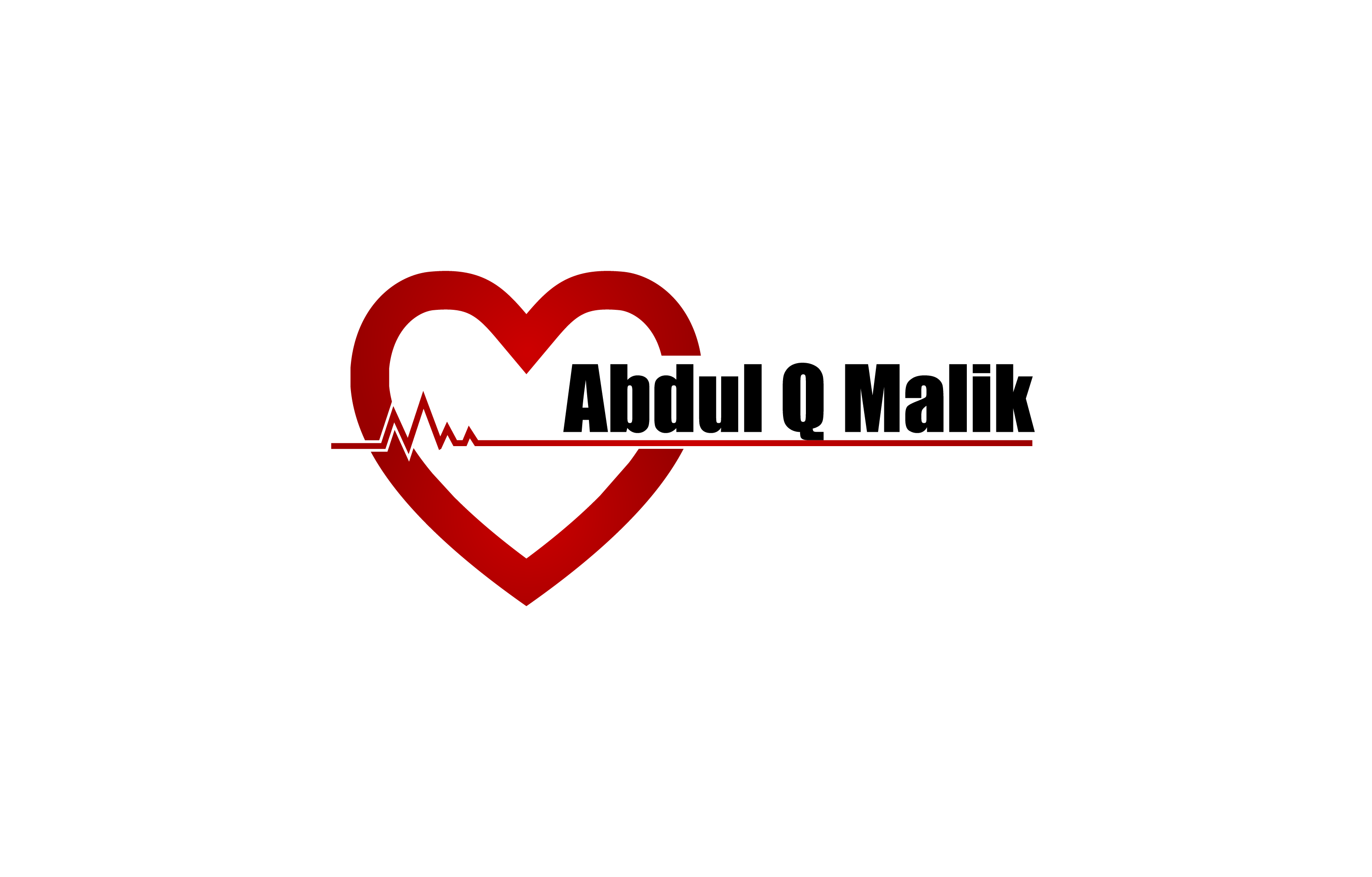Get Tested and Treated for Angina (Chest Pain) In Brooklyn
Pain in the chest that may feel like a heart attack is called angina. It is often mistaken for a heart attack because some of the symptoms are similar. When it occurs, it is usually an indication that there is an underlying disease. In some cases, it is a precursor to a heart attack – which can be fatal.
Types
There are four types of this disorder, and some are more serious than other forms. Stable angina can be expected when you climb stairs or exercise. It usually lasts only five minutes. Unstable angina can occur at any time, is unexpected, and is generally more severe than the stable form. It could signal a heart attack and emergency care is needed. The other two kinds are rarer, and include Prinzmetal’s and microvascular angina.
Causes
The primary reason for chest pain is because part of your heart is not getting enough blood. The fact that it occurs indicates that something is either blocking the flow of blood, or that the heart is simply not getting enough blood.
In the stable form, your heart needs more blood when it is pumping faster, such as during exercise. The artery size has been reduced due to cholesterol, leading to pain. In unstable angina, the flow of blood may be totally stopped by a clot, or it may partially block an artery.
Symptoms
While chest pain from this disorder has basically the same causes, the symptoms between men and women are often different. Men’s symptoms will typically be chest pain or a tightness in the chest, which is the result of a blockage in the coronary arteries.
Women may have additional symptoms including shortness of breath, abdominal pain, nausea, and vomiting. The differences in symptoms are because they tend to develop heart diseases in the small arteries that stem out from the coronary arteries, called microvascular disease (MVD).
Risk Factors
Several risk factors may be behind the development of this health problem. The factors include being overweight, eating an unhealthy diet, having uncontrolled high blood pressure and cholesterol, leading an inactive life, smoking, diabetes, family history, and being a woman over 55, or a man over 45.
Diagnosis
Any attack of chest pain should be examined by a doctor, especially if you are new to it. It could be a sign of a heart attack on the way. Getting a diagnosis right away may enable doctors to prevent it. Diagnosis will likely consist of a physical exam, getting family medical history, blood tests, x-rays, an electrocardiogram (EKG), CT scan, stress testing coronary angiography and cardiac catheterization.
Treatment
Once diagnosed, treatment will be based on what is discovered. It could include angioplasty and placing a stent, medications, or a coronary bypass surgery.
Dr. Abdul Malik, MD is a Cardiologist who has been practicing for more than 24 years, and knows how to diagnose and treat angina. During that time, he has trained many young doctors in the fields of Internal medicine and Cardiology. His thoroughness and gentle patient care has earned him the title of Consumer’s Choice Award for Top Doctors.

